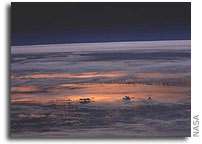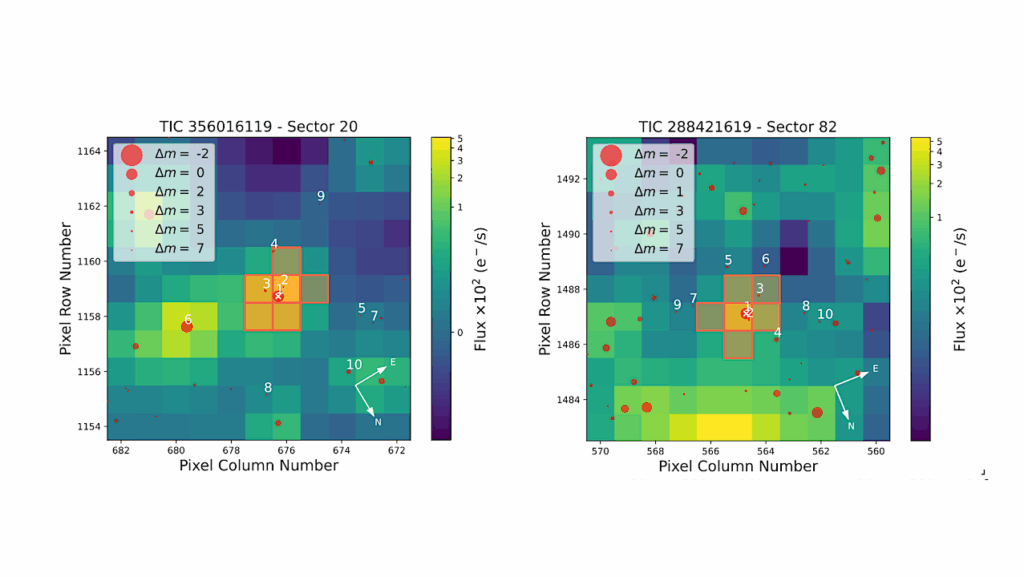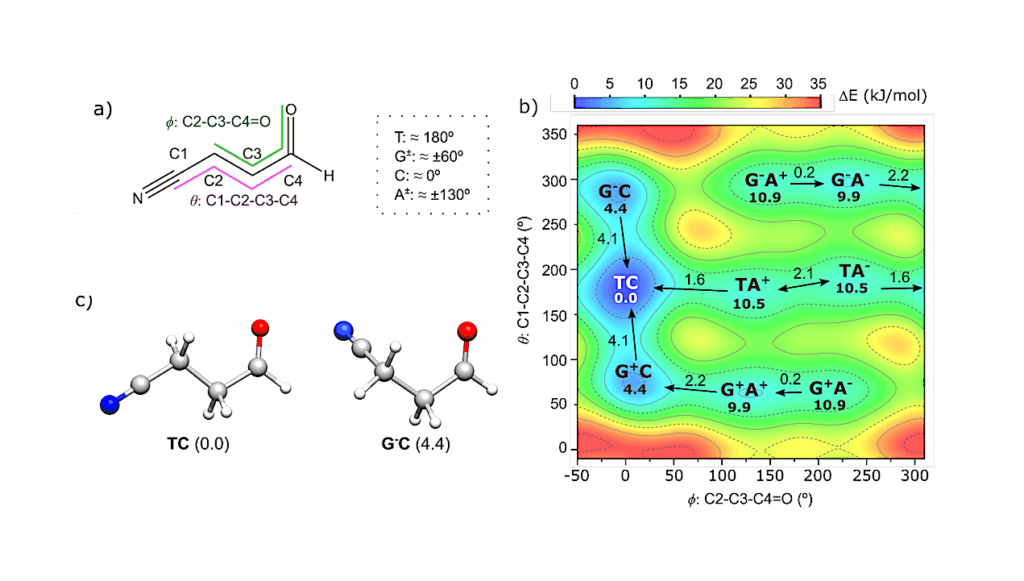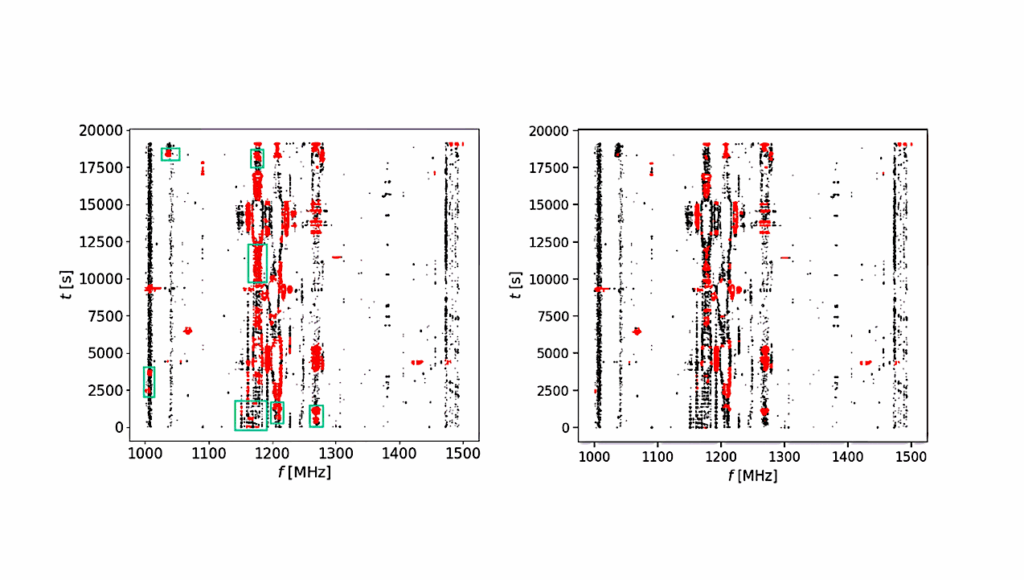Detecting Industrial Pollution in the Atmospheres of Earth-like Exoplanets

Detecting biomarkers, such as molecular oxygen, in the atmospheres of transiting exoplanets has been a major focus in the search for alien life.
We point out that in addition to these generic indicators, anthropogenic pollution could be used as a novel biomarker for intelligent life.
To this end, we identify pollutants in the Earth’s atmosphere that have significant absorption features in the spectral range covered by the James Webb Space Telescope (JWST). We estimate that for an Earth-mass planet in the habitable zone of a white dwarf, methane (CH4) and nitrous oxide (N2O) can be detected at earth-like concentrations with an integration time of ~1.5 hrs and 12 hrs respectively. Detecting pollutants that are produced nearly exclusively by anthropogenic activities will be significantly more challenging.
Of these pollutants, we focus on tetrafluoromethane (CF4) and trichlorofluoromethane (CCl3F), which will be the easiest to detect. We estimate that ~1.5 days (~3 days) of total integration time will be sufficient to detect or constrain the concentration of CCl3F (CF4) to ~100 times current terrestrial level.
Henry W. Lin, Gonzalo Gonzalez Abad, Abraham Loeb (Harvard) (Submitted on 11 Jun 2014)
Comments: Submitted to MNRAS
Subjects: Earth and Planetary Astrophysics (astro-ph.EP)
Cite as: arXiv:1406.3025 [astro-ph.EP] (or arXiv:1406.3025v1 [astro-ph.EP] for this version)
Submission history From: Avi Loeb [v1] Wed, 11 Jun 2014 20:00:05 GMT (1285kb,D)








